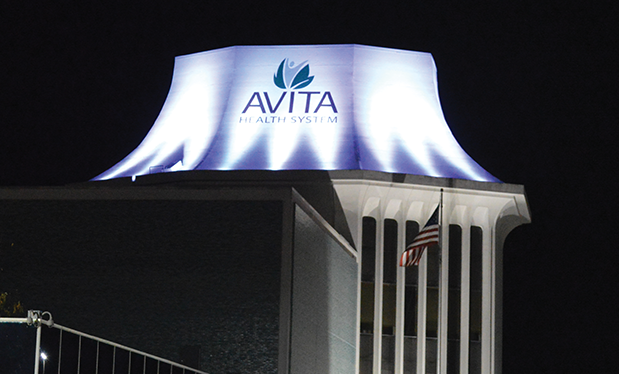In April, the Polyisocyanurate Insulation Manufacturers Association (PIMA) issued a performance bulletin titled "Measuring the R-value of Polyiso Roof Insulation," which attempts to refute NRCA's recommendation that designers use an in-service R-value of 5.0 per inch when specifying polyisocyanurate insulation.
PIMA's position
PIMA's performance bulletin refers to NRCA's recommendation as "… an arbitrary unit R-value of 5.0. …" The bulletin goes on to briefly explain long-term thermal resistance (LTTR) testing, PIMA's QualityMarkCM LTTR certification program and the results of recent QualityMark verification testing. The bulletin reports results of PIMA's 2015 QualityMark verification testing as an average LTTR per inch of 5.78 for 1-inch-thick product, 5.74 for 2-inch-thick product, 5.85 for 3-inch-thick product and 5.95 for 4-inch-thick product.
The PIMA bulletin also indicates: "… It should be noted the LTTR testing conducted under the QualityMark program uses a more severe conditioning procedure than the standard R-value test used by NRCA as a basis for its recommendation. … Given the difference in NRCA's recommendation and PIMA's QualityMark program testing results, PIMA suggests that this difference may be attributed to a smaller testing sample size used by NRCA to support its recommendation and a possible lack of experimental controls regarding how NRCA insulation samples were procured and selected. …"
NRCA's recommendation
With the January publication of an interim update to The NRCA Roofing Manual: Membrane Roof Systems—2015, NRCA revised its design in-service R-value recommendation to 5.0 per inch thickness for polyisocyanurate insulation used in roof systems.
NRCA explained the rationale for this change in an Industry Issue Update, "New polyisocyanurate R-values," that was distributed to NRCA members in January.
Although PIMA's bulletin appears to dispute only NRCA's R-value testing, it is important to note NRCA's R-value test results have been replicated by research published in a 2013 report by Building Science Corp., Westford, Mass., and research published in a 2014 report by RDH Building Engineering Ltd., Vancouver, British Columbia. Also, since NRCA announced its revised R-value recommendation in January, the association has learned of an insulation manufacturer that has replicated NRCA's R-value test results.
When reviewing the results of PIMA's 2015 QualityMark verification testing, it should be noted the reported LTTR values are average values, not the minimum or lowest of the values tested. These average results range from only 0.04 to 0.08 greater than manufacturers' minimum published LTTR values. Unless the range of verification testing data is extremely narrow, which is unlikely, QualityMark's data likely show some tested LTTR values less than the manufacturers' minimum published LTTR values.
The distinction
When considering the variations between the QualityMark LTTR values and NRCA's tested R-values, it is important to understand the concepts themselves are somewhat different.
LTTR is an accelerated thermal resistance conditioning and testing method conducted under controlled laboratory conditions intended to provide an estimate of a product's R-value at an age of five years; this value corresponds closely to an estimate of the product's average R-value during its first 15 years of service life.
Conversely, NRCA's R-value test results are representative of products' R-values at the time of testing. The products tested were new (stored, uninstalled) at the time of testing, but NRCA's tests also take into account real-world conditioning the tested products experienced during shipment and storage, such as changing ambient temperature and humidity exposure conditions.
Although PIMA's bulletin suggests the differences among PIMA's QualityMark's values and NRCA's test results may be attributable to NRCA's limited test sample size, sample procurement and selection, it is far more logical and likely the laboratory conditioning contained in the QualityMark procedure is not truly representative of the actual exposure conditions polyisocyanurate insulation typically experiences.
After reviewing PIMA's performance bulletin and the additional R-value test data made available, NRCA stands by its results and current R-value recommendation for polyisocyanurate insulation.
Mark S. Graham is NRCA's vice president of technical services.



